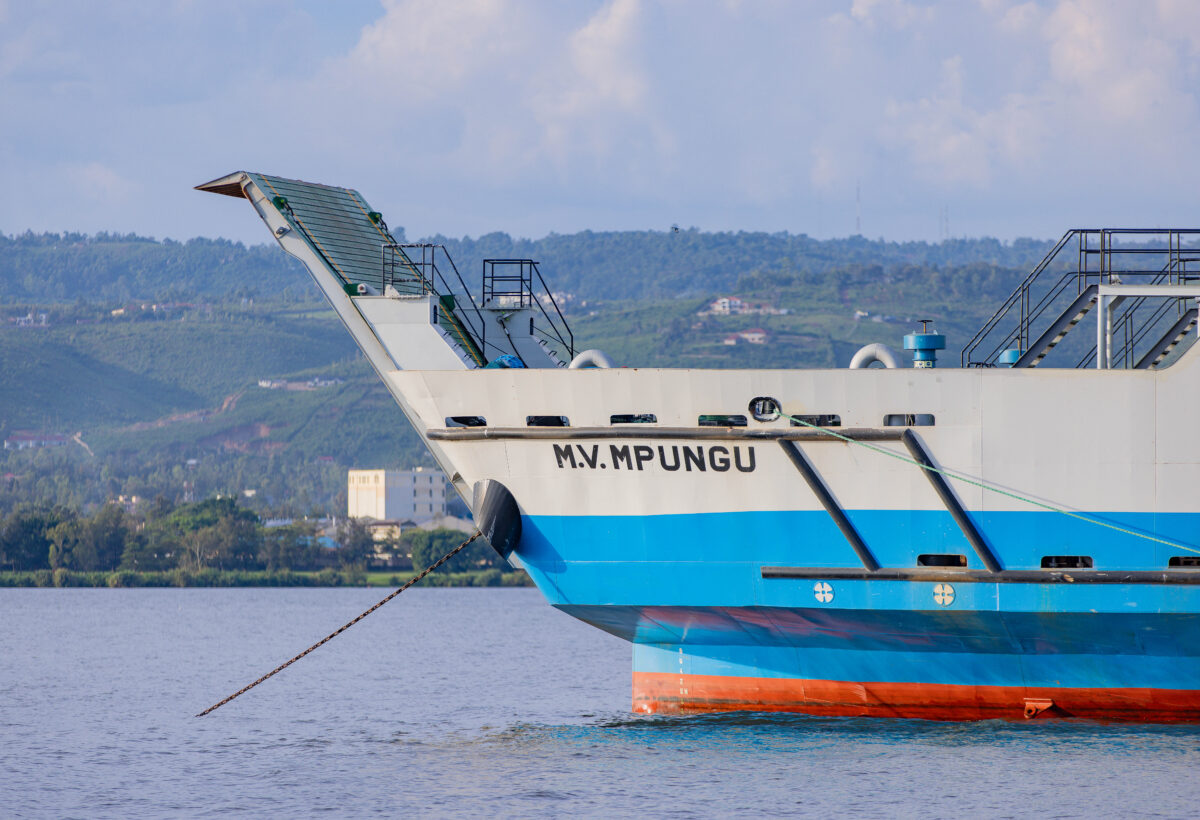
As climate risks intensify, investors need insight into potential impacts on their investments – both now and into the future. This insight enables better decision making today, supports proactive planning, and helps account for potential future costs or losses, and adaptation needs. It also fosters a more resilient investment outlook.
The Physical Climate Risk Appraisal Methodology (PCRAM) supports investment decision-making by providing objective, replicable guidelines for integrating an understanding of potential climate risks and how these may affect asset performance.
At PIDG, we have been working closely with the team at the Institutional Investors Group on Climate Change (IIGCC), alongside the Environmental Change Institute (ECI) at the University of Oxford, to support their work in developing PCRAM 2.0, an improved version of the original methodology.
To test the real-life application of the methodology, our East Africa Marine Transport (EAMT) project – supported by PIDG through its project development solution, InfraCo – was chosen as a case study, supporting the evolution of PCRAM 2.0.
The EAMT project provides a vital trade link between Uganda and Tanzania across the world’s second largest freshwater lake, Lake Victoria. The methodology looked at the potential for disruption to the vessel’s scheduled freight service – and revenues – due to changing lake levels. The case study extrapolated the nature, likelihood and potential cost of implementing practical mitigations that might be required to keep the vessel operating in a variety of future climate scenarios.